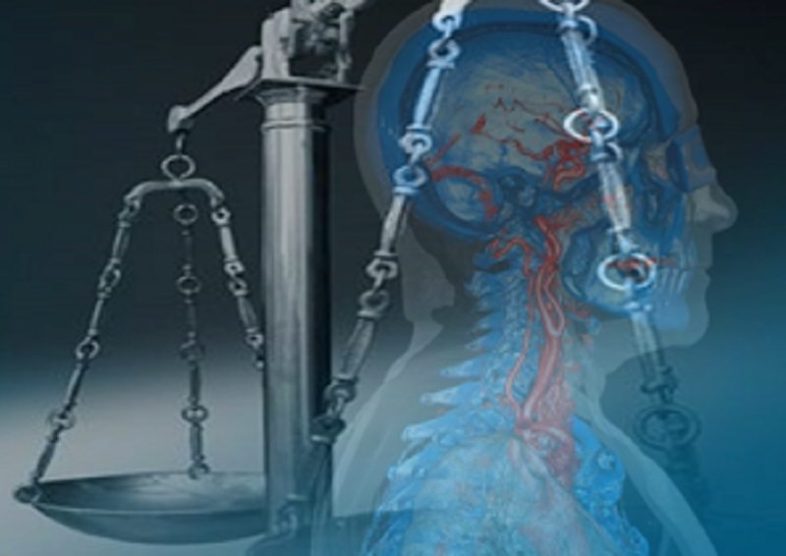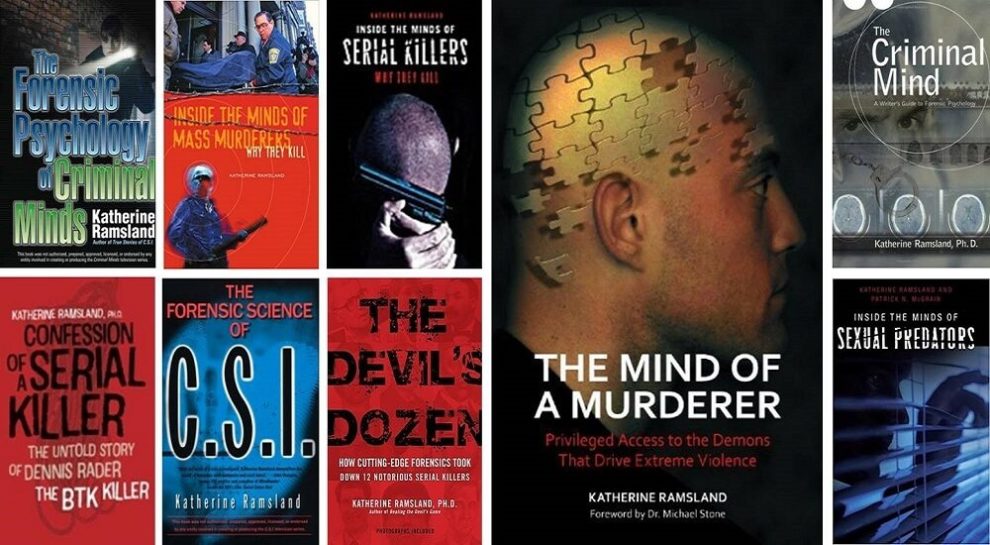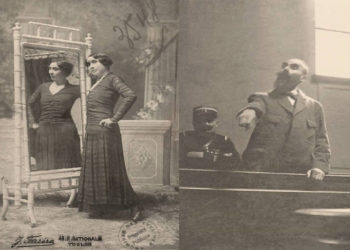A republished article from the Journalist’s Resource, a website examining news topics through a research lens, curating top academic and governmental research and synthesizing the content into clear data points and accessible language. Read the original article.
A lower resting heart rate partially explains why men commit more crime than women, according to a new study led by researchers at the University of Pennsylvania. Research over time has consistently shown that men are more likely to commit crime than women.
The issue: As of February 2017, 93.3 percent of federal inmates were men, according to the Federal Bureau of Prisons. A 2015 report from the U.S. Department of Justice suggests the vast majority of state prisoners also are men. While scholars have long debated the reasons behind the gender difference, there is limited published research that uses empirical data to investigate the issue.
An academic study worth reading: “Explaining the Gender Gap in Crime: The Role of Heart Rate,” published in Criminology, 2017.
Study summary: A group of researchers, led by Olivia Choy and Adrian Raine of University of Pennsylvania, examine one possible reason why men engage in more crime than women. The authors use data obtained from a longitudinal study called the Mauritius Child Health Project to determine whether having a low resting heart rate partly explains the gender difference.
The study focuses on 894 people from the island of Mauritius — 497 males and 397 females – whose resting heart rates were tested at age 11 and who were later interviewed about their criminal histories at age 23. Official crime records were collected from district courts.
Key takeaways:
- Girls had higher resting heart rates at age 11 compared to boys. By age 23, men had committed a larger number of crimes than women.
- Adults of either gender who had committed drug offenses by the age of 23 had an average resting heart rate of 86.02 beats per minute at age 11. In comparison, adults of both genders who had not committed a drug offense by age 23 had an average resting heart rate of 93.64 beats per minute at age 11.
- Adults who had committed serious violent crimes by the age of 23 had an average resting heart rate of 85.22 beats per minute at age 11, regardless of gender. On the other hand, adults who had not committed a serious violent crime by age 23 had an average resting heart rate of 93.89 beats per minute at age 11.
- A low heart rate explains some of the link between gender and crime. “Although findings do not document causality and do not suggest that a low heart rate completely accounts for the gender gap, they are, to our knowledge, the first to show that lower heart rates in males partly explain their higher levels of offending.”
Other resources for journalists:
- The Bureau of Justice Statistics offers a variety of reports and data on crime and the inmates of state and federal prisons.
- The federal Office of Juvenile Justice and Delinquency Prevention has published multiple reports focusing on delinquency among girls. It also provides fact sheets on different aspects of juvenile crime.
- The Sentencing Project, a prominent non-profit organization that advocates for criminal justice reform, has spoken out about increasing numbers of women being incarcerated in the U.S.
Related research:
- A 2015 study published in the Journal of Criminal Justice, “From Initial Appearance to Sentencing: Do Female Defendants Experience Disparate Treatment?,” found that women were less likely than men to be detained before trial and less likely to be sentenced to prison.
- A 2015 study from researchers with the U.S. Marshals Service, “An Incident-Based Comparison of Female and Male Sexual Offenders,” notes key differences among male and female sex offenders. For example, in nearly half of sex crimes involving female offenders, the victims were women or girls. In about 10 percent of sex crimes involving male offenders, victims were men or boys.
- A 2017 study in Crime & Delinquency, “Sentencing Outcomes in U.S. District Courts: Can Offenders’ Educational Attainment Guard Against Prevalent Criminal Stereotypes?,” suggests that having a college degree doesn’t provide an advantage or disadvantage when it comes to criminal sentencing.
- A 2004 study in the Journal of the American Academy of Child & Adolescent Psychiatry, “Heart Rate Level and Antisocial Behavior in Children and Adolescents: A Meta-Analysis,” concludes that “low resting heart rate appears to be the best-replicated biological correlate to date of antisocial behavior in children and adolescents.”
To cite this research: Choy, Olivia; Raine, Adrian; Venables, Peter H.; Farrington, David P. “Explaining the Gender Gap in Crime: The Role of Heart Rate,” Criminology, 2017. doi: 10.1111/1745-9125.12138.













































That degenerate Y chromosome is nothing but trouble.